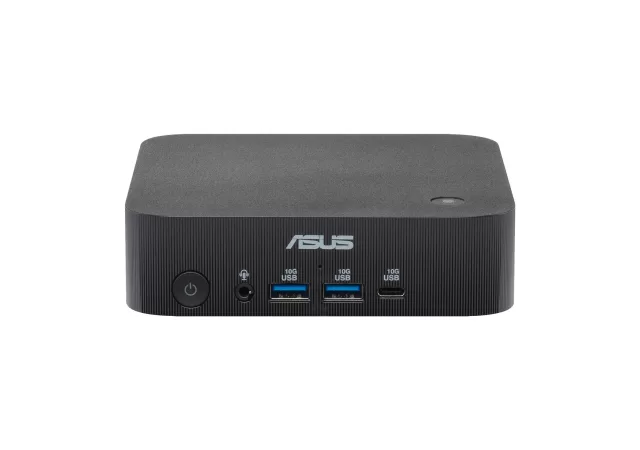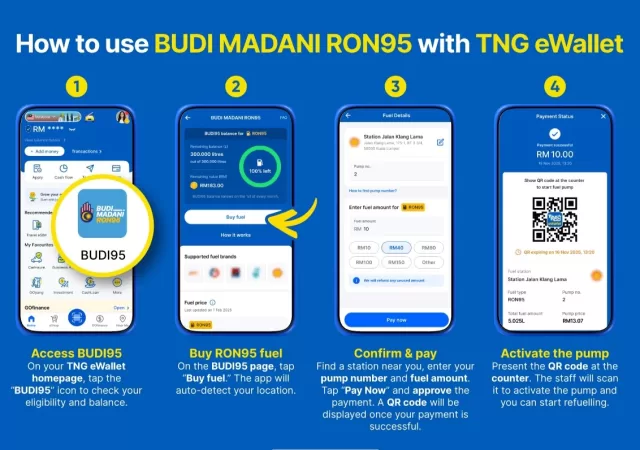VMWorld is happening now and coincidently, NVIDIA’s GPU Technology Conference is also happening. Both are happening online, obviously with the current pandemic situation. In NVIDIA’s most recent keynote, they made an announcement to tell the world that they have just formed a partnership with VMWare to enhance their virtualisation capabilities via NVIDIA’s new GPU based computing solutions.
Today’s start of the show though is not NVIDIA, although they have made some very interesting announcements and progress. Today sees VMWare embracing Kubernetes as a big part of their business. Today is the day of Tanzu.
Kubernetes
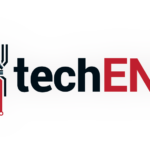
What is Kubernetes? First of all, no; this is not the first time we look into the technology. Secondly, the technology is nothing new, Google has been playing with Kubernetes for the longest time, and other solutions providers have hopped on to the technology for years now.
Kubernetes, in the words of Red Hat, is a container orchestration platform. The keyword, that I missed out on purpose, is Open Source. That also means that anyone has access to it, improve on it, and improvise it for their own use. It is a technology developed by Google engineers for Google’s own use at one point, but because Google is Google, they made it an open source platform.
In simpler words, Kubernetes group processes and application databases into cubes (or containers). These cubes can be called upon whenever an application requires a certain data or run certain processes. That also means that you do not need to necessarily store your application database with your application. It can be kept and shifted around anywhere, even on cloud. It is even clever enough to stack and unstack itself depending on requirements and loads on your hardware. If something fails, you do not lose all your data, because containers. This is the magic of Kubernetes, and it could benefit plenty of enterprises.
The VMware Tanzu
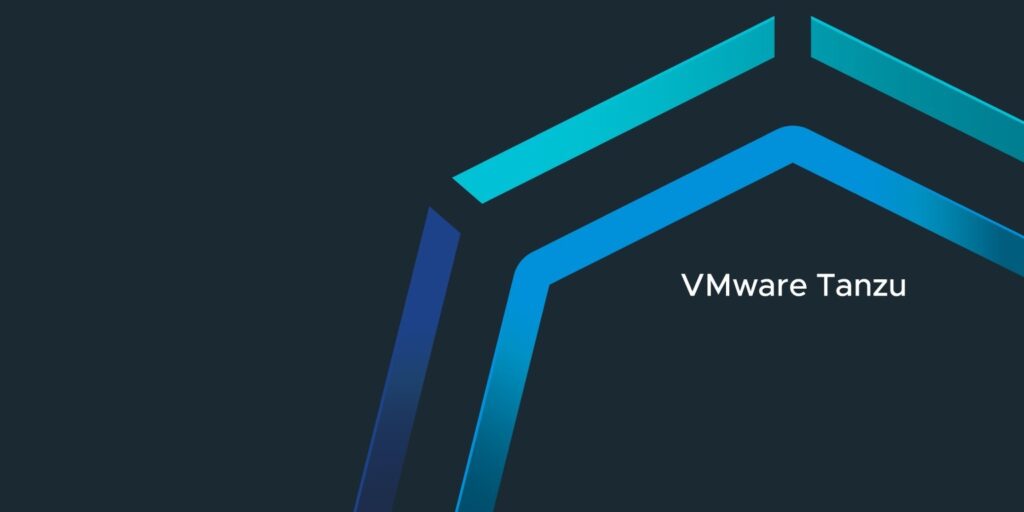
This is where VMware’s Tanzu comes in. The Tanzu portfolio is not exactly a pure Kubernetes workflow platform. It runs microservices, other sort of containers and Kubernetes as well. To put it plainly, it is an application breakdown tool. It breaks down a large application or database into smaller containers, run them as microservices or work with them as Kubernetes containers, and you get a service that is accessible not only in your office, but at the café down the road as well.
Yes, it sounds generally like what other container type application and tool does. Because it is exactly that but made native to VMWare’s tools. Tools like this allow companies to add capabilities to their applications and processes while keeping them running in tip top conditions. They call this DevOps.
The whole idea of running Tanzu on the VMware platform is to quickly deploy your applications on cloud. Because it is VMware as well, Tanzu is specifically built on Kubernetes to enhance their virtualisation solutions like vSphere and VMware Cloud Foundation. That also means that Tanzu is a cloud solution more than anything. It is also technically a Kubernetes management tool to simplify Kubernetes for users. So, it helps you, as VMware’s clients (if you are, when you are, whichever it may be) get started with Kubernetes nearly on the get go.
They may be a little late to the game of deploying Kubernetes and even fully harnessing the power of Kubernetes. They are also not going to be the last adopters of Kubernetes. In some sense too, they are simplifying Kubernetes by a factor of 10 for their customers.
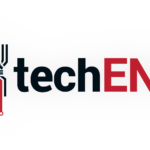
In this case as well, customers might already have their own Kubernetes and container management tools in their workflow at this point. VMware says that customers still can benefit from Tanzu even if they have a Kubernetes workflow already. According to VMware, Tanzu does not just stop at Kubernetes. It is a suite of tools designed to ease workloads and centralise management efforts for customers. In that sense, integrating Tanzu into an existing Kubernetes workload and process is just a matter of matching what is required via Tanzu’s Mission Control platform.
Why Tanzu and Kubernetes?
Here is the thing though, how does this change our lives? How does VMware with Kubernetes power change our lives? After all, we are all just end-users.
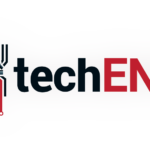
If you work in a corporate environment, at this time of Pandemic, you would most likely be spending more time working remotely more than anything else. Imagine yourself, multiplied by more than a few hundred. There are hundreds, or even thousands of you and your colleagues trying to access your company’s intranet systems. You and your colleagues are going to be accessing the company’s systems to simply key in new data, or pull a previous data, or even share some work information with your colleagues 20KM away.
Imagine if you need to access the whole chunk of applications to do any of that. Imagine if all your colleagues need to access a single application server for all their minor processes too. That could slow down your entire workflow. Kubernetes and container platforms help spread that workload to ease load on a single server and ensure that everyone gets to do what they need to do without overloading your PC and the cloud platform.
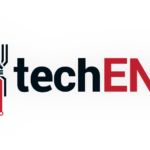
Essentially, this is also kind of how your smartphone app works. Your smartphone apps access what you ask it to access when you need it. That way, it saves plenty of storage space in your smartphone, and ensure that millions of others can also access the app and its services when there is demand.
So, why is Tanzu important? It allows your company to do exactly whatever that we have just explained and described. Except that your organisation’s IT department can do it faster, from a single management platform instead of accessing a completely different system. With vSphere, the management can be done across multiple server sites too, thanks to VMware’s know how in machine virtualisation. All this, just so that you will not notice any difference when you work from home, and in the office.
To know more about VMware, their services and solutions, and Tanzu, you can head over to their website.





